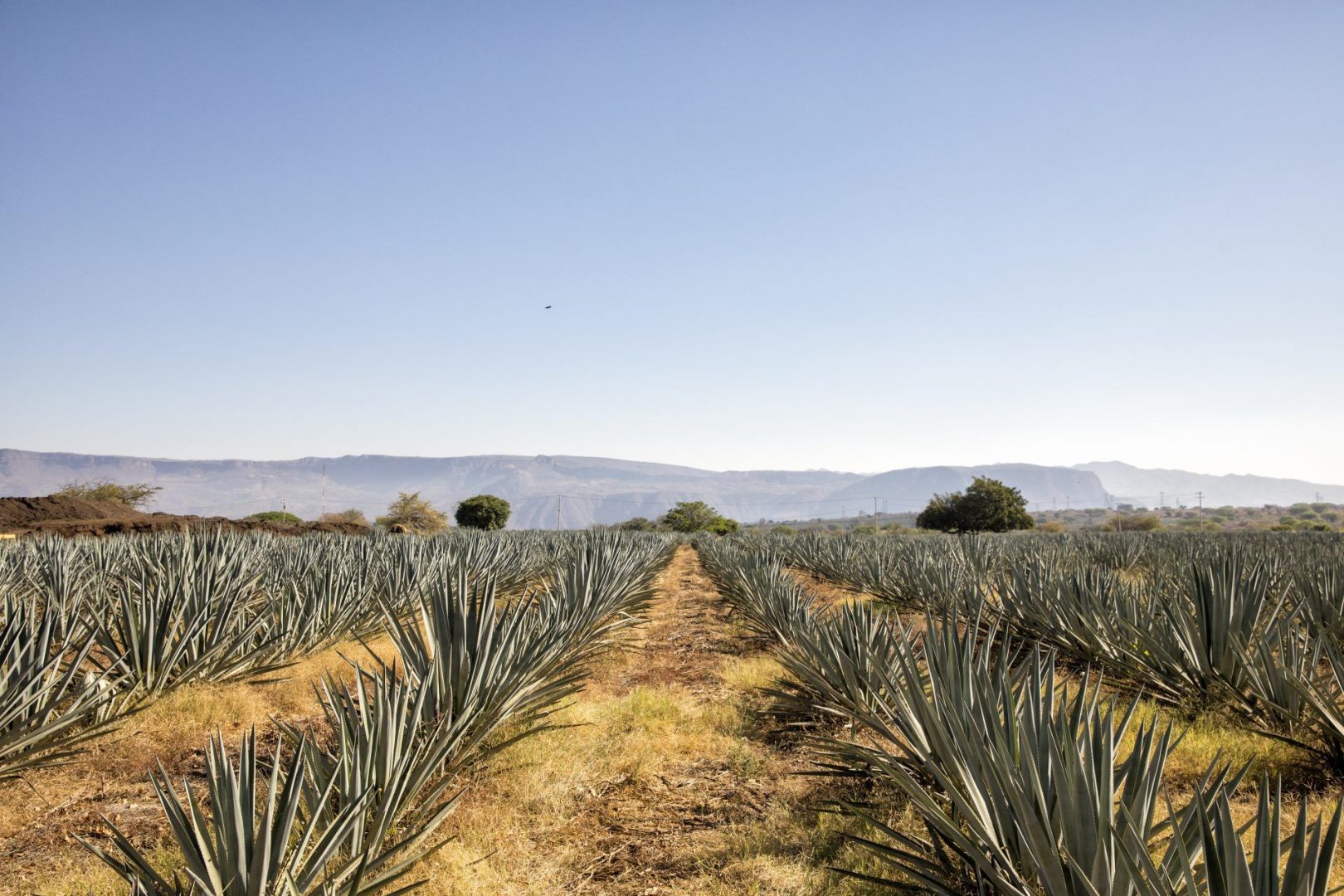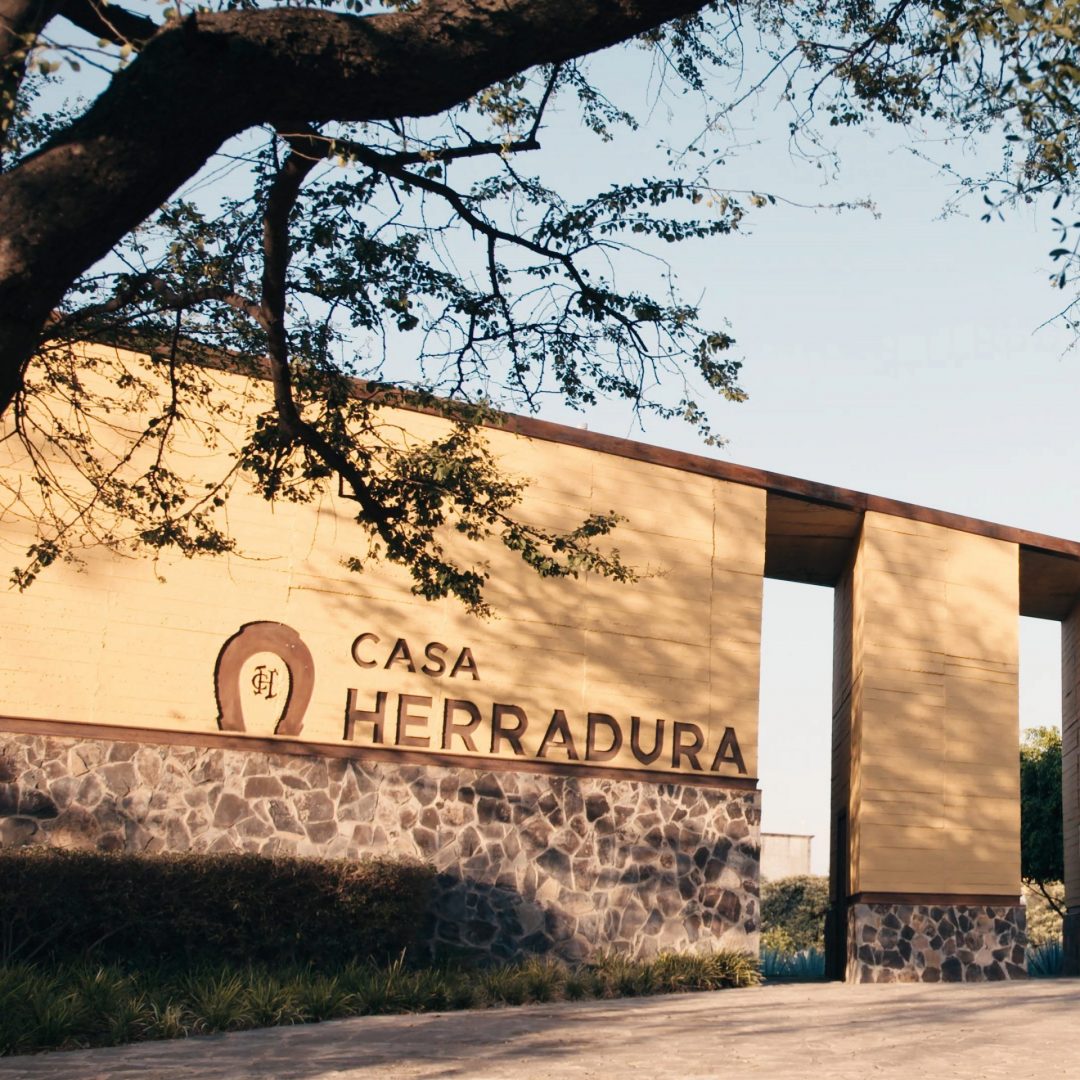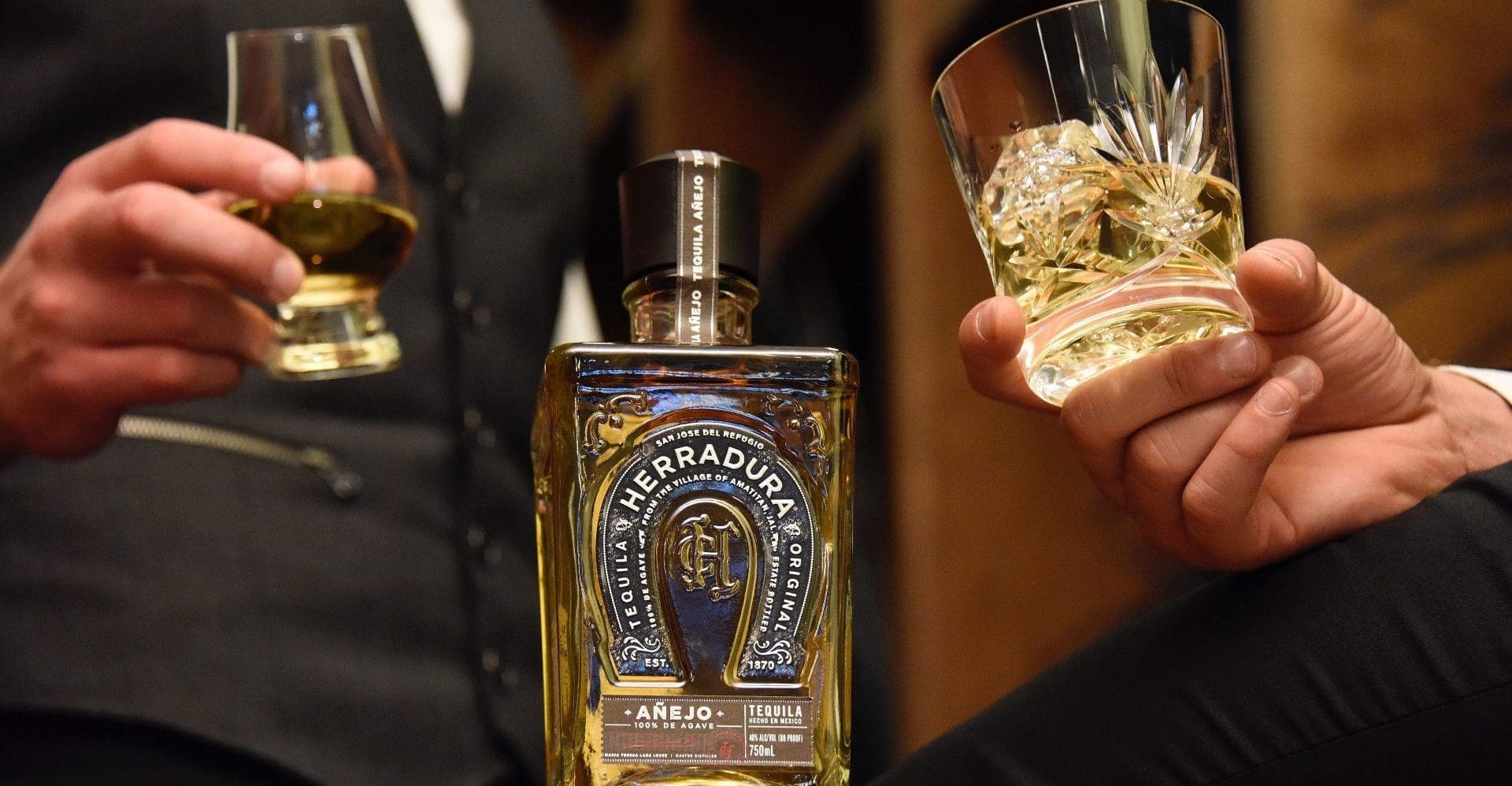What Makes Tequila, Tequila?
Aside from those nights where you acquainted your young liver with the yellow liquid that you knew as ‘tequila,’ what do you really know about it? Before I delved into anything remotely intelligent and factual about it, all I knew about tequila came down to 5 things:
-
It was fun to yell ‘shots!’
-
It was fun to do shots!
-
The good stuff goes right down the hatch, neat, without a hiccup.
-
Reposado Margaritas are bloody tasty!
-
Tequila & Tonic is ridiculously underrated and Tequila & Grapefruit Tonic is out the gate.
These are my personal realisations from the age of 18 to 28. The first two tequila-life epiphanies will stand until the end of time, unfortunately. The third epiphany, I learnt while bartending at clubs and also from a film producer who was drinking neat tequila at Raoul’s in SoHo; the fourth, I learnt from the cool & bougie Dior PR lady a few years ago; and I’m kind of ashamed to say that the tonic combos only became a favourite in recent times. Thank you to Angus at Hancock’s and my Charlie for bequeathing such knowledge upon me.
And now, I shall bestow upon you, some incredible social ammunition in an easy-to-absorb manner. Just remember to not be too overzealous about it. No one likes a know-it-all. Here it is, para ti, Tequila in Ten:
1. The Legend
Tequila was first born by a God-sent lightning bolt striking the heart of a wild agave plant, which, in turn, cooked and fermented the sugars. A glorious happy accident, wouldn’t you say? Way before the Spaniards arrived in 1521, the Aztec Indians imbibed on this euphoria-inducing goo dubbed ‘pulque’ for hundreds of years. With European influence and the technology of distillation, the said goo became North America’s first distilled beverage.
2. Only From Mexico
Just like champagne needs to geographically come from Champagne to call itself champagne, tequila also has an appellation of origin. Tequila must be made in Mexico within one of the five municipalities – Nayarit, Tamaulipas, Guanajuato, Jalisco and Michoacán. They also need to be fermented from the blue agave weber tequilana plant in these areas.

3. Two Types
The type you want to drink is 100% agave tequila. There are no added sugars and must be bottled in an authorised distillery within Mexico. Then there’s mixto tequila which consists of a minimum of 51% blue agave and 49% miscellaneous sugars from either cheap sugar cane or grain and further mixed with extracts and flavouring, caramel colouring, sugar syrup, glycerin, etc., These are the ones you’re probably used to doing shots with while you were at uni and why you may have developed some stigma against tequila due to the day after. A good rule of thumb is to keep it natural and opt for the former 100% agave tequila. Look for it on the bottle or ask your bartender!
4. The Last Tequila Hacienda
Casa Herradura is the last tequila-producing Hacienda on the planet. Since 1870, Herradura has produced ultra-fine tequilas that taste out of this world at Hacienda San Jose del Refugio. The first resosado and extra añejo was invented here and in turn, changed the game in a global way.
5. The Real Deal
Many other brands claim to have a true Hacienda, however, in order to earn the privilege, there are rules and regulations to abide by. It must include a “Casco” which consists of a main house and a chapel, as well as land extension, on-premise residence for workers and be self-sufficient via agriculture or livestock.

6. Craft Is Key
40 tonnes of harvested agave hearts, or piñas, are stacked by hand inside each hand-built clay oven. They are cooked for 26 hours until its starch is converted to sugar and then cooled for nine hours.
7. Donkeys Are Heroes
The cooked agave is milled twice to extract the extremely sweet agave nectar, “mosto,” which is what gives tequila the unique taste. Traditionally, a team of donkeys would turn the tahona wheel, carved from a single piece of rock, to crush and extract the juice. To honor the heroes, the Herradura horseshoe is stamped on each bottle as a symbol of luck.
8. The American Twist
If you like a good bourbon, then you’re likely to find an affinity with tequila. Following distillation, the some tequila is barrel-aged in charred American oak barrels to create that smooth, sweet and spicy finish.

9. So… Which Is The Best?
Herradura introduced the world to the first ever reposado in 1974. Aged for an extra nine months more than any other reposado, it is incredibly smooth and delicious and most notably, the most gold awarded tequila in the world!
10. Diginified Drinking
Good tequila is not meant to be used in the sport of party shots. It is meant for sipping neat.
Visit Glengarry Wines to learn more about Herradura.

